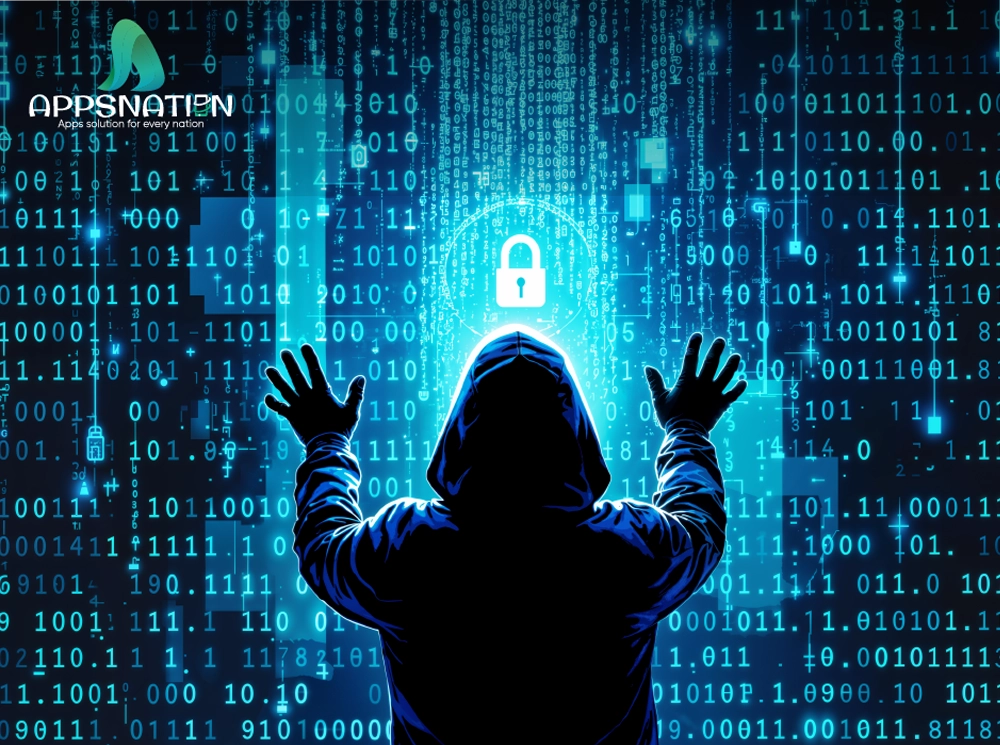A Cool Guide to Cybersecurity Best Practices for 2024
In today’s fast-paced digital world, ensuring robust cybersecurity is more important than ever. With the rise in cyber threats such as data breaches, ransomware, and phishing attacks, businesses must adopt best practices to protect their sensitive information. In this cool guide, we will take you through the top cybersecurity best practices that can help safeguard your data and ensure your online presence remains secure in 2024.

1. Use Multi-Factor Authentication (MFA)
Multi-Factor Authentication (MFA) is one of the most effective ways to bolster your security. By requiring multiple forms of verification, such as a password, fingerprint, or security code sent to your phone, MFA makes it much harder for cybercriminals to access your accounts. MFA is a simple yet powerful step to enhance cybersecurity for businesses in 2024.
2. Keep Software and Systems Up-to-Date
Cyber attackers often exploit vulnerabilities in outdated software. Regularly updating your systems and software ensures you have the latest security patches, making it harder for hackers to breach your network. Automatic updates can help you stay on top of the latest security fixes without needing to manually track them. Keeping your system updated is a key practice in maintaining a secure environment for your business and customers.
3. Strong, Unique Passwords are a Must
A weak or recycled password is an open invitation for cyber threats. Encourage employees and users to create strong, unique passwords for each account, using a mix of uppercase and lowercase letters, numbers, and special characters. It’s also a good idea to use a password manager to securely store and generate complex passwords. Password security is one of the simplest yet most effective ways to protect your data.
4. Train Your Team on Cybersecurity Awareness
Your employees are your first line of defense against cyber threats. Cybersecurity training should be a priority in any business. Train your team to recognize common threats such as phishing emails, suspicious attachments, and malicious links. Regularly update training materials to cover the latest cyber threats and ensure employees are always aware of best practices for digital safety.
5. Backup Your Data Regularly
Data loss can be a nightmare, especially after a cyber attack. To mitigate this risk, regularly back up your data. Cloud backups and physical storage options (such as external hard drives) offer additional security in case of an attack. Data backup ensures that even if you’re hit by ransomware or other cyber threats, your data remains safe and recoverable.
6. Protect Your Network with Firewalls and VPNs
Firewalls act as a barrier between your internal network and external threats. They help block unauthorized access and monitor traffic for suspicious activity. To further protect your business, use a Virtual Private Network (VPN) to encrypt your internet connection, especially when accessing public Wi-Fi. VPN security ensures that all data transmission is secure, preventing hackers from intercepting your sensitive information.
7. Encrypt Sensitive Information
Encryption converts data into a code to protect its confidentiality. Whether it’s customer data, financial records, or business plans, data encryption ensures that even if your information is intercepted, it remains unreadable to unauthorized individuals. Use encryption tools for emails, files, and communications to further protect your sensitive information.
8. Regularly Monitor Systems for Suspicious Activity
Ongoing monitoring of your systems is essential to spotting potential threats early. Intrusion Detection Systems (IDS) and Security Information and Event Management (SIEM) tools help track system activity and detect anomalies. By monitoring your network for suspicious behavior, you can address threats before they escalate into a major issue.
9. Adopt a Zero Trust Security Model
The Zero Trust security model operates under the assumption that no one—inside or outside the organization—should be trusted by default. Every user, device, or application must be verified before being granted access to your network. This approach minimizes the risk of data breaches and insider threats by ensuring strict verification of all access requests.
10. Have an Incident Response Plan in Place
Even with the best cybersecurity measures, no system is entirely foolproof. Therefore, it’s crucial to have an Incident Response Plan (IRP) in place. An IRP outlines the steps to take when a breach occurs, from containing the attack to notifying relevant parties and recovering compromised data. Having a plan ensures that you can respond quickly and effectively to minimize damage.

Why Cybersecurity is Crucial for Your Business
The importance of cybersecurity cannot be overstated, especially in a world where data breaches and cyberattacks are becoming more sophisticated. For businesses in 2024, cybersecurity best practices are essential for protecting your reputation, financial stability, and customer trust. By implementing a comprehensive cybersecurity strategy, you can safeguard your assets and ensure your digital environment is safe from emerging threats.
Final Thoughts
As we move forward into 2024, the importance of a strong cybersecurity foundation continues to grow. By adopting these cybersecurity best practices, businesses can stay ahead of cybercriminals and protect their data from ever-evolving threats. Remember, the best defense against cyberattacks is a proactive, comprehensive approach to cybersecurity.
At Appsnation, we understand the importance of staying ahead in the cybersecurity game. Our cutting-edge cybersecurity solutions are designed to protect your digital assets and ensure your business is secure. Trust us to help you navigate the complexities of digital safety and implement effective cybersecurity practices for your business in 2024.
Stay secure and keep your business protected from cyber threats!




